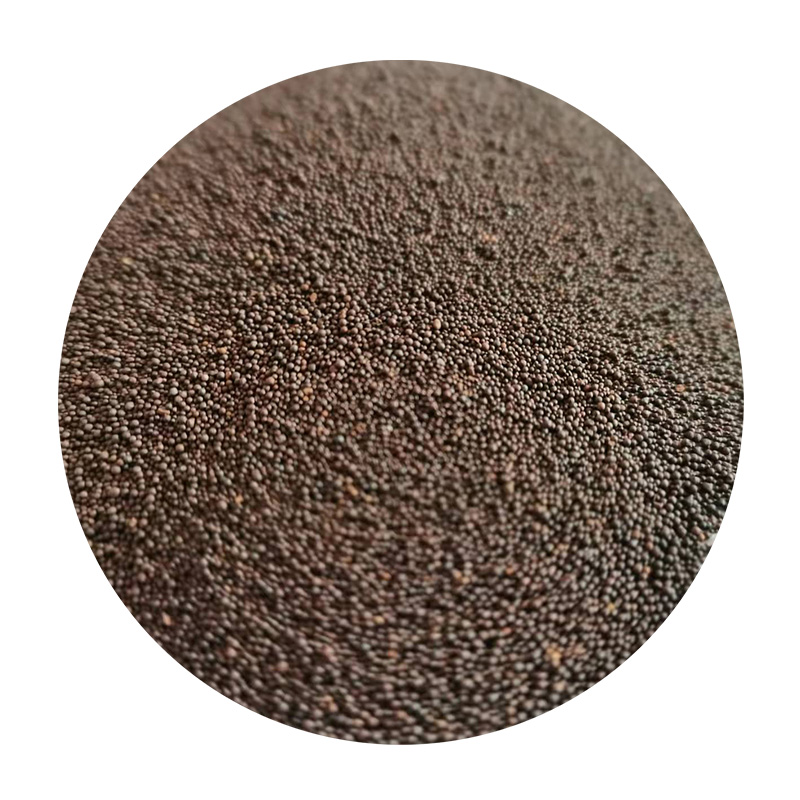3D Printed Sand Casting Patterns Revolutionizing the Manufacturing Process
In recent years, the manufacturing landscape has witnessed significant advancements thanks to the integration of additive manufacturing technologies. Among these innovations, 3D printed sand casting patterns have emerged as a groundbreaking method that enhances efficiency, precision, and creativity in the casting process. By utilizing 3D printing technology to create complex sand molds, manufacturers can effectively streamline production, reduce costs, and improve product quality.
Traditional sand casting has long been a favored method for producing metal parts. This process typically involves creating a pattern, often made of wood, metal, or plastic, which is then used to form a mold in fine sand. The molten metal is poured into these molds to create the final product. However, this traditional method presents several challenges, including lengthy lead times, high material costs, and limited design flexibility. Enter 3D printed sand casting patterns – a solution that addresses these issues head-on.
3D Printed Sand Casting Patterns Revolutionizing the Manufacturing Process
One of the most compelling advantages of 3D printed sand casting patterns is the significant reduction in production lead time. Traditional methods often require several weeks to create patterns from scratch. In contrast, 3D printed patterns can be produced in a matter of hours. This rapid turnaround allows companies to respond more quickly to market demands and reduces the time needed for prototyping and iterative testing. As a result, businesses can bring their products to market faster, gaining a competitive edge.
3d printed sand casting patterns

Furthermore, the use of 3D printed patterns can lead to substantial cost savings. Since the patterns are created layer by layer, material waste is minimized, unlike traditional methods where excess material must often be discarded. Additionally, the ability to produce complex shapes with fewer components can lead to reduced assembly costs in later stages of production. These savings can accumulate significantly, making 3D printed sand casting an economically attractive solution for manufacturers.
Quality is another crucial aspect where 3D printed sand casting patterns excel. The high precision achieved through 3D printing means that the molds are produced with exceptional accuracy, ensuring that the final metal castings meet stringent tolerances. This precision is vital in industries such as automotive, aerospace, and medical, where even minor discrepancies can lead to costly failures.
However, this innovative approach is not without its challenges. The materials used for 3D printing sand molds need to be carefully selected to withstand the high temperatures of molten metal, and the processes must be optimized to ensure the integrity of the molds. Additionally, the initial investment in 3D printing technology can be significant, which may pose a barrier for some smaller manufacturers.
In summary, 3D printed sand casting patterns represent a significant advancement in the manufacturing process. By combining rapid prototyping, cost efficiency, and design flexibility, this technology not only enhances productivity but also opens doors for innovation. As the industry continues to embrace digital transformation, 3D printing in sand casting will likely become a standard practice, paving the way for a new era in manufacturing. The adoption of such technologies signals not just a shift in methodology but a rethinking of what is possible in the realm of metal casting.
Post time:12월 . 18, 2024 16:40
Next:describe sand casting process
